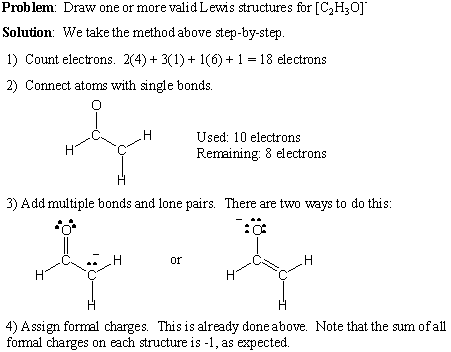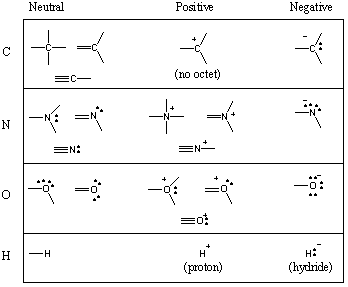Please wait while we process your payment
If you don't see it, please check your spam folder. Sometimes it can end up there.
If you don't see it, please check your spam folder. Sometimes it can end up there.
Please wait while we process your payment
Get instant, ad-free access to our grade-boosting study tools with a 7-day free trial!
Learn more



This site is protected by reCAPTCHA and the Google Privacy Policy and Terms of Service apply.
Create Account
Select Plan
Payment Info
Start 7-Day Free Trial!

Annual
2-49 accounts
$22.49/year + tax
50-99 accounts
$20.99/year + tax
Select Quantity
Price per seat
$29.99 $--.--
Subtotal
$-.--
Want 100 or more? Request a customized plan
You could save over 50%
by choosing an Annual Plan!

SAVE OVER 50%
compared to the monthly price!
| Focused-studying | ||
| PLUS Study Tools | ||
| AP® Test Prep PLUS | ||
| My PLUS Activity | ||
$22.49/month + tax
Save 25%
on 2-49 accounts
$20.99/month + tax
Save 30%
on 50-99 accounts
| Focused-studying | ||
| PLUS Study Tools | ||
| AP® Test Prep PLUS | ||
| My PLUS Activity | ||
No Fear provides access to Shakespeare for students who normally couldn’t (or wouldn’t) read his plays. It’s also a very useful tool when trying to explain Shakespeare’s wordplay!
Erika M.
I tutor high school students in a variety of subjects. Having access to the literature translations helps me to stay informed about the various assignments. Your summaries and translations are invaluable.
Kathy B.
Teaching Shakespeare to today's generation can be challenging. No Fear helps a ton with understanding the crux of the text.
Kay H.
No Fear provides access to Shakespeare for students who normally couldn’t (or wouldn’t) read his plays. It’s also a very useful tool when trying to explain Shakespeare’s wordplay!
Erika M.
I tutor high school students in a variety of subjects. Having access to the literature translations helps me to stay informed about the various assignments. Your summaries and translations are invaluable.
Kathy B.
Teaching Shakespeare to today's generation can be challenging. No Fear helps a ton with understanding the crux of the text.
Kay H.
Create Account
Select Plan
Payment Info
Start 7-Day Free Trial!
You will only be charged after the completion of the 7-day free trial.
If you cancel your account before the free trial is over, you will not be charged.
You will only be charged after the completion of the 7-day free trial. If you cancel your account before the free trial is over, you will not be charged.
Order Summary
Annual
7-day Free Trial
SparkNotes PLUS
$29.99 / year
Annual
Quantity
51
PLUS Group Discount
$29.99 $29.99 / seat
Tax
$0.00
SPARK25
-$1.25
25% Off
Total billed on Nov 7, 2024 after 7-day free trail
$29.99
Total billed
$0.00
Due Today
$0.00
Promo code
This is not a valid promo code
Card Details
By placing your order you agree to our terms of service and privacy policy.
By saving your payment information you allow SparkNotes to charge you for future payments in accordance with their terms.
Powered by stripe
Legal
Google pay.......



Please wait while we process your payment

Sorry, you must enter a valid email address
By entering an email, you agree to our privacy policy.
Please wait while we process your payment

Sorry, you must enter a valid email address
By entering an email, you agree to our privacy policy.
Please wait while we process your payment

Your PLUS subscription has expired
Please wait while we process your payment
Please wait while we process your payment

Covalent Bonds and Lewis Structures
It is possible to get an estimate of where charges in a molecule are likely to lie by inspecting its Lewis structure and assigning formal charges to specific atoms. To obtain the formal charge of an atom:
Remember that formal charges are just a bookkeeping tool and do not necessarily represent actual charges. However, the sum of formal charges on a molecule must equal its net charge.
As you have seen throughout this section, the simplest way to represent and describe molecules is to use a Lewis structure. The Lewis structure model generally follows the octet rule and provides a framework to understand covalent bonding. Lewis structures represent valence electrons as dots and bonding electrons as lines. Lewis structures do not represent inner electrons; only valence electrons are shown.
Here we give a step-by-step procedure for writing valid Lewis structures
for any given molecular formula:

You have seen that carbon tends to form four bonds, nitrogen three, oxygen two,
and
hydrogen/halogens one (remember also: as the number of bonds of an atom
decreases,
the number of its lone pairs increases). The number of bonds that a
neutral atom forms is called its valence. Hence carbon is tetravalent,
nitrogen is trivalent, oxygen is divalent, and so on. However, a carbon atom,
for example, can be tetravalent in a number of different ways. The following
chart shows a number of common bonding motifs for carbon, nitrogen, oxygen, and
hydrogen.

While atoms can occasionally be short of a full octet, elements in the first two rows of the periodic table can never exceed the octet. Students often make the dreaded mistake of drawing pentavalent carbons. Never do this! (However, if you do, rest assured that all organic students make this mistake at sometime or other.) Elements in row 3 and above can exceed the octet by using d-orbitals.
Please wait while we process your payment





